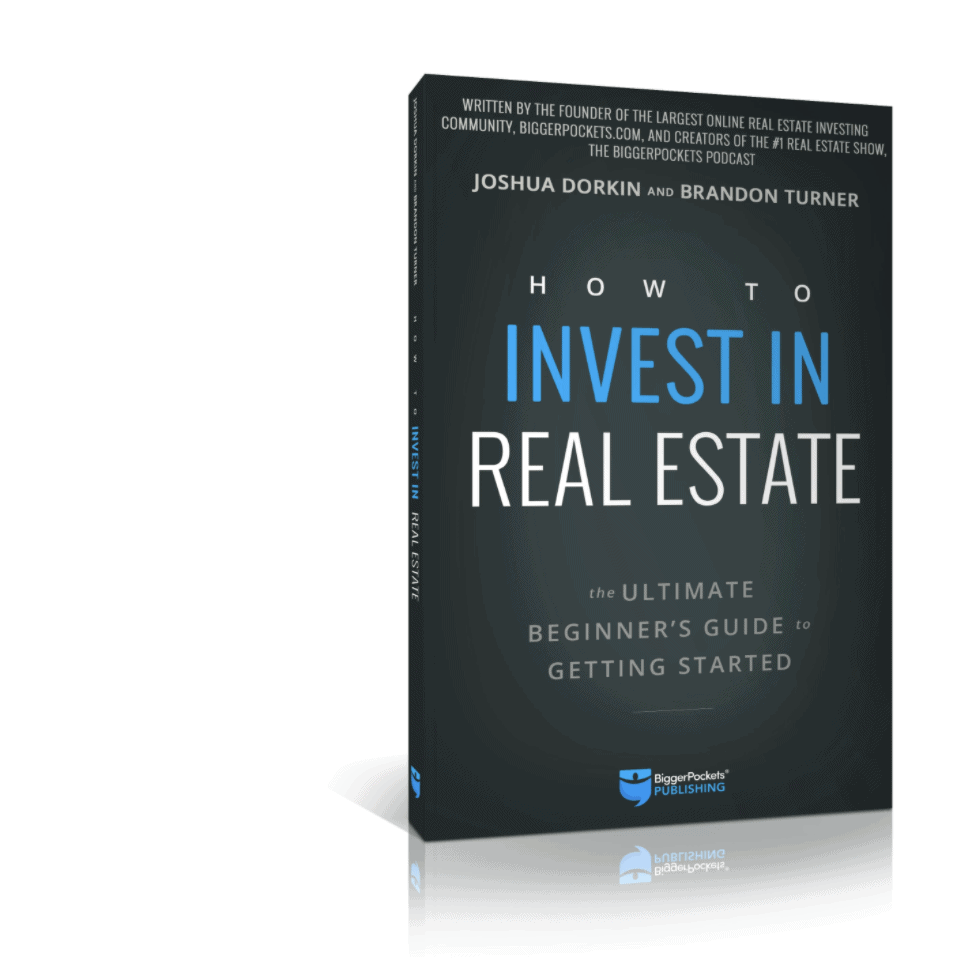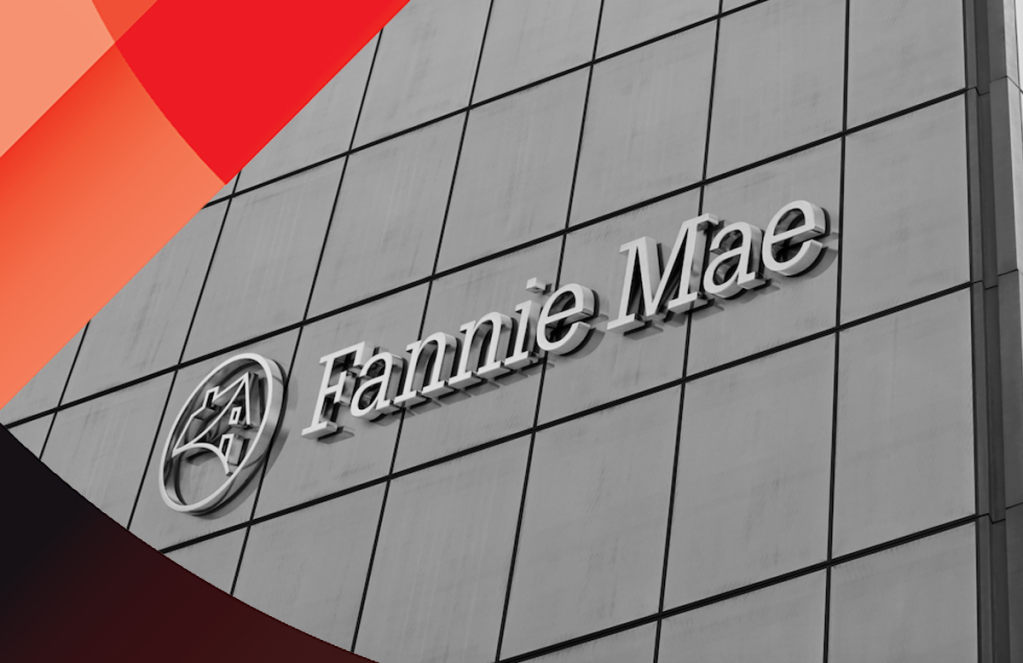Some money gurus would have you believe that extreme budgeting, which includes tactics like reducing your grocery bill or car payment, is the key to financial success. While these tactics can be useful for freeing up some extra cash when you need it, the experts are missing the mark when it comes to eliminating the four horsemen that are far more destructive to your wealth-building.
Paying interest on certain debts is one of these four horsemen—but it’s important to recognize that not all interest is the same.
The Dave Ramsey’s of the world want you to believe that paying off all interest rate debt—especially the highest-rate debt—is the best possible decision for your finances. However, interest on debts that you can outsource to someone else—such as with rental real estate—can arguably be a productive expense.
That said, other types of consumer debt, like credit card debt, which typically comes with high interest rates, isn’t quite the same. While passing along the interest costs on a rental property to a tenant can be productive, this other type of interest can’t easily be passed off to someone else to cover. As such, nearly all experts would agree that the interest you pay on consumer debt is generally destructive in nature.
And if all debt and interest charges are not created equal, then you need a smart, math-based approach, like the Cash Flow Index, to help you make a decision on which debt—and interest—to eliminate first. Here’s what you should know about this approach.
The Cash Flow Index: A math-based approach to eliminate interest paid
The Cash Flow Index system, or CFI, which is outlined below, is a scoring system that lets you identify how efficient each of your loans is. This system prompts you to pay off the most inefficient loans first before prioritizing the repayment order for your remaining loans, thus maximizing your results.
This system has grown in popularity over the years due to the sheer practicality of tackling your payables from a cash flow perspective. It has also been touted by many anti-financial advisors, like Garret Gunderson and Chris Miles—and the concepts of this method are long-standing and proven.
Using the Cash Flow Index to tackle your debt in two simple steps
The good thing about the CFI is that you aren’t guessing which interest rate might be best to eliminate. It takes a more scientific approach—and yes, there will be math.
Here is your two-step action plan for eliminating debt using the CFI:
Step 1: Calculate the Cash Flow Index for each debt you carry.
This is where the rubber meets the road with the CFI. You’ll start by calculating the Cash Flow Index for each debt you carry. So, make a list of your debts, note what is currently owed on them, and include the minimum monthly payments required on each.
Once you have that information, you’ll calculate the CFI. To calculate the CFI, the loan balance is divided by the minimum monthly payments you’re required to make.
- Cashflow Index = Loan Balance / Minimum Monthly Payments
The resulting number is what indicates how effective that debt is at the given interest rate and term. A high number—anything over 100—indicates that the loan is efficient. A low number—anything under 50—means that the loan is inefficient.
Step 2: Create a plan of attack for your debt.
Look over each debt to determine what to categorize each of your debts as—and, in turn, how to prioritize them.
Start with the destructive debt.
Debts with CFI under 50 are destructive to your wealth, so it’s important to get rid of that debt as quickly as possible. In other words, you’ll want to prioritize it—and the high interest or fees it comes with.
Destructive debt typically includes subscriptions you aren’t using, purchases resulting from overspending, purchases related to abusive practices, like drugs, alcohol, or habitual shopping, and debt that is incurring fees.
Determine what debt you can restructure.
But what if the CFI on your debt is between 50-99? This type of debt is neither efficient nor inefficient, but it is a possible candidate to restructure—and possibly eliminate.
If we’re talking about consumer debt, you’ll want to think about eliminating it. You may have the option to consolidate this type of debt on a credit card that offers a 0% intro APR, or with a loan offering an intro rate of 0% for a certain time frame.
You also have the option to pay it off ASAP. And, if the debt produces good cash flow, you can also renegotiate the interest rate to get the best term possible. For example, you can do this on a real estate loan.
Decide how to handle your efficient debt.
If the CFI on your debt is 100 or higher, the debt is operating pretty efficiently. When it comes to the debt in the most effective tier, you may want to think about leaving it in place until your other debts are eliminated or restructured—especially if it produces good cash flow for you.
You may also choose to outsource some of your effective debt to produce more cash flow for your bottom line—and, in turn, supercharge your wealth. Ideas that I’ve had success with in the past include renting out all or part of a home on AirBNB or VRBO, renting a camper on Outdoorsy, and renting a car on Turo.

Uncover your investing strategy
Everyone knows real estate investing can be a powerful way to build wealth and achieve true financial freedom—but because each person’s journey is different, knowing the first steps to take can be challenging.
Final thoughts on using CFI to eliminate debt
When I started my financial independence journey years ago, I was confused about which debt to eliminate first. I was following the popular debt snowball approach, but I wasn’t making enough headway and was denied a loan—despite having a 680+ credit score.
After learning and implementing the principles above from my mentor, I eliminated all of my consumer debt, restructured my mid-tier debt to free up cash flow, boosted my savings and credit score significantly, and became more attractive to a lender in a matter of just four months.
Paying interest on debt out of your own pocket is a heavy weight on your finances and can drag down your wealth-building potential—which could even keep you from securing your next property loan. What actions will you take to effectively reduce or eliminate this “horseman” from your portfolio?





















 :215-447-7209
:215-447-7209 : deals(at)frankbuysphilly.com
: deals(at)frankbuysphilly.com